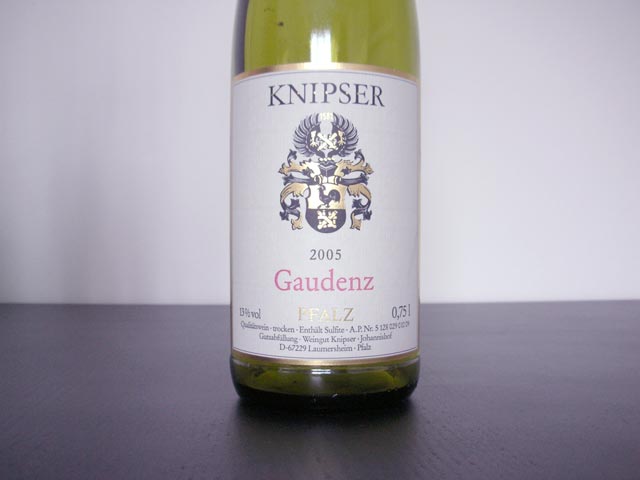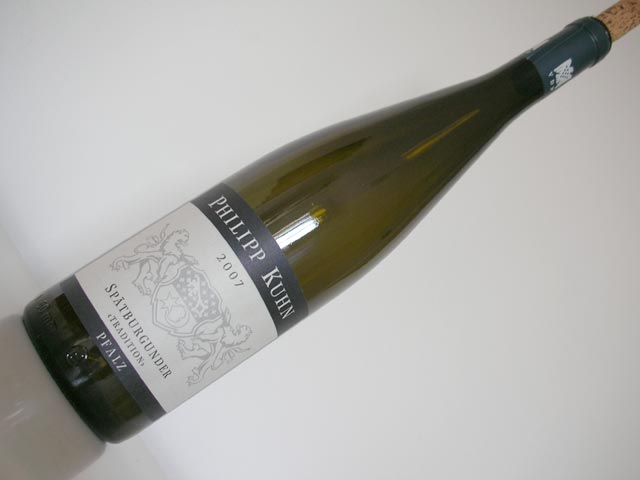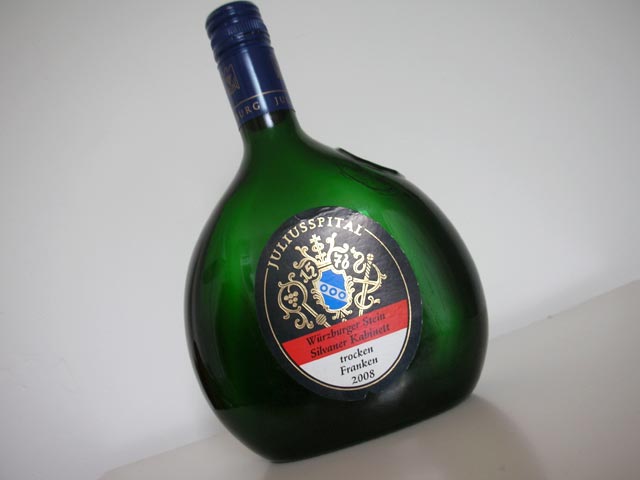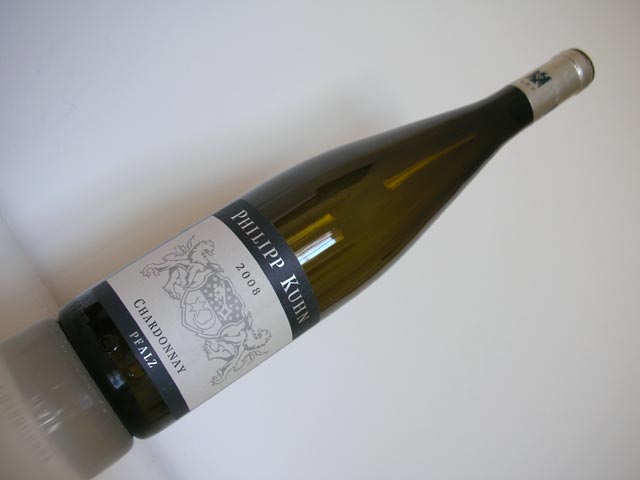Knipser, Gaudenz 2005
If I think of a German winery that has lots of experience with blending red wines, the Knipsers come to mind. Just a little while ago I tasted their Cuvée X, a great blend of Cabernet Sauvignon/Franc and Merlot. Even though the Cuvée X can stand up to a good French Bordeaux, it is not exactly cheap either, so I was very curious to try the Gaudenz, a significantly cheaper red wine blend made by the Knipsers. In fact, it is surprisingly cheap. It also is a blend of different grapes, including the German variety of Dornfelder, and is matured in used barrique barrels for about a year.










